Discussing the term queer, Annamarie Jagose affirms that “[q]ueer itself can have neither a fundamental logic, nor a consistent set of characteristics” (The Queer Theory, 1996: 96). Queer is intended as a term that gathers “whatever [...] at odds with the normal, the legitimate, the dominant” (Halperin, Saint Foucault, 1995: 62). It is a word that likewise stresses the marginal experience of the members of the community itself: constructed as voiceless and invisible beings, their presence is often ‘silenced’ by the dominant discourses of our society, which is still anchored to a monological interpretation of the world in which the queer subject is rendered as secondary, unimportant, and neglectable.This course explores the marginalities that concur in the construction of the queer experience in literature, with the explicit objective of making the invisible prominent and ‘visible’. Matters of gender, class, and ethnicity will be discussed in an intersectional framework that will stress the notions of difference, variety, and heterogeneity. In particular, in-text sites of erasures and repression will be explored, as well as places of resistance that will openly challenge the logocentric notion of patriarchal oppression in the novels.The main objective of this course is to develop and enhance students’ oral and written academic skills. Students will learn how to perform close readings of textual and audio-visual materials and effectively utilise secondary sources in their analysis. Moreover, they will receive crucial guidance on creating a well-structured term paper, emphasising both thematic and formal aspects of the development process.The primary teaching methods employed in this class will involve both plenary and group discussions. Therefore, it is essential for students to prepare the course materials (both primary and secondary sources), attend classes regularly, and show active participation during our meetings.
- Trainer/in: Gianluca Calio
